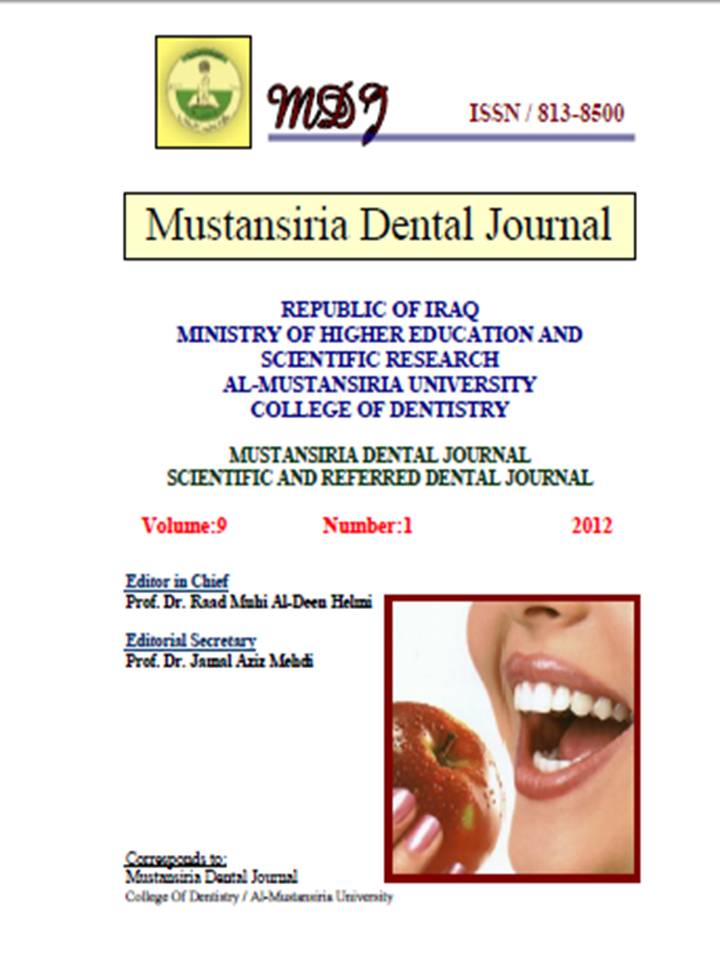Assessment of anesthetic efficacy of 4%articaine and 2%Lidocaine during implant pilot hole preparation in the mandibular posterior region infiltration
DOI:
https://doi.org/10.32828/mdj.v9i1.243Keywords:
Key words:Implant,Aneasthetic,pain,anticaine,lidocaine.Abstract
Aim.The aim of this study was to evaluate and compare the anesthetic efficacy of 4%
articaine and 2% lidocaine (both with 1:100,000 epinepherine) for buccal and
lingual infiltration in patients need implant placement.
Materials and methods.Forty patients have edentulus regions posterier to mental
foramen were divided into 4 study groups and received buccal and lingual
infiltration of either 4% articaine or 2% lidocaine. Surgical procedure was begun
5 minutes after solution deposition. Success was defined as no or mild
discomfort (VAS recordings) during during pilot hole drill.
Results.The success rate for mandibular infiltration to produce anesthesia using
articaine was 100% in premolar and molar area for the articaine solution and
success rate was 80% in preamolar and 30% in molar area. There was high
significant difference between the articaine and lidocaine solutions (ANOVA P
< 0.001).
Conclusion. The efficacy of 4% articaine was superior to 2% lidocaine for
mandibular posterior regoin.

Downloads
Published
Issue
Section
License
The Journal of Mustansiria Dental Journal is an open-access journal that all contents are free of charge. Articles of this journal are licensed under the terms of the Creative Commons Attribution International Public License CC-BY 4.0 (https://creativecommons.org/licenses/by/4.0/legalcode) that licensees are unrestrictly allowed to search, download, share, distribute, print, or link to the full texts of the articles, crawl them for indexing and reproduce any medium of the articles provided that they give the author(s) proper credits (citation). The journal allows the author(s) to retain the copyright of their published article.
Creative Commons-Attribution (BY)








